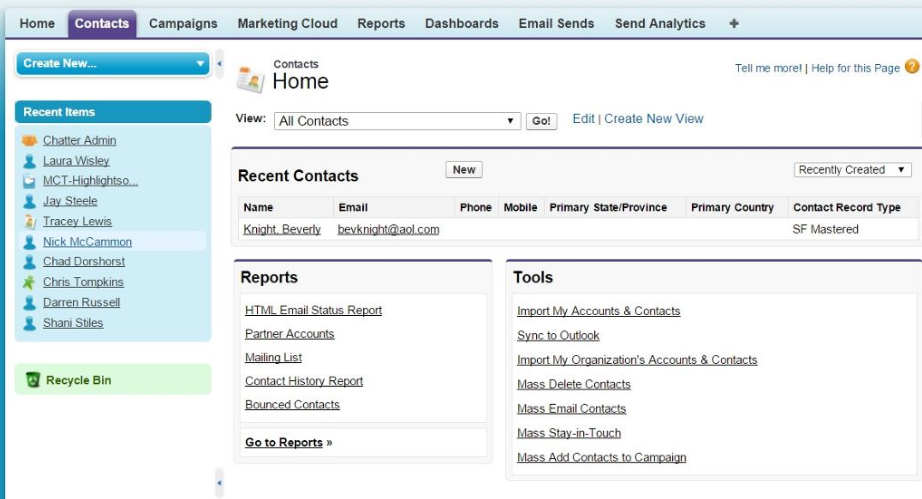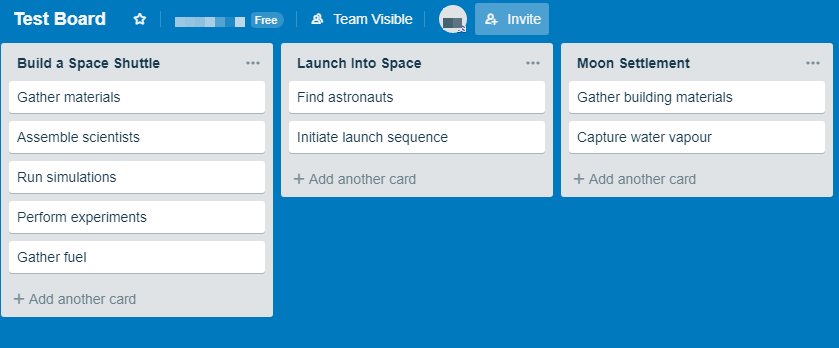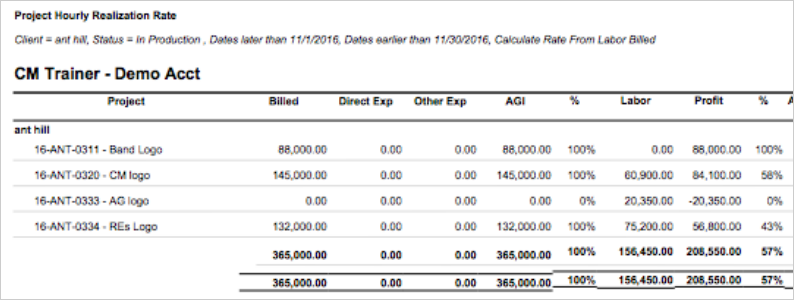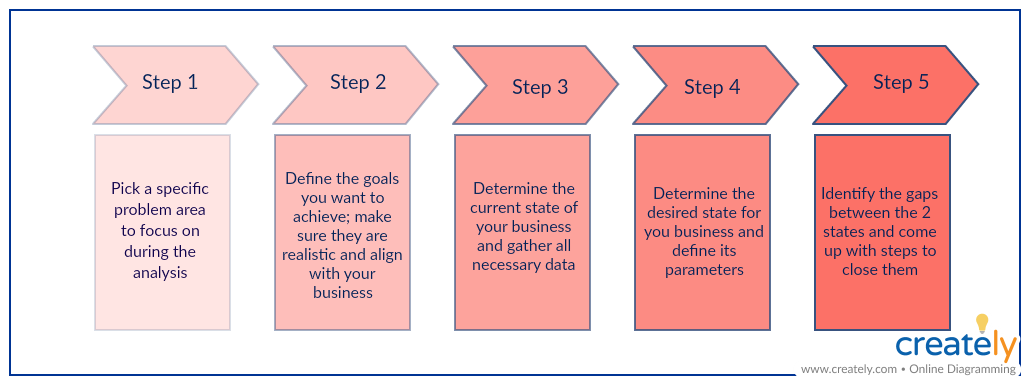— March 20, 2019
A better agency management system can transform your business by giving you better data and insight. Learn how the choose the right system in this article.
Do you ever feel that the tools you use to run your agency aren’t keeping pace with your growth? Do you fail to find the right information at the right time? Does your business suffer because you don’t have enough insight into your operations?
You’re not alone.
Countless agencies across the world struggle to get a true picture of their businesses. They juggle multiple systems to manage their people, assets, and resources. Few of these tools integrate with each other. Most won’t even share data in compatible formats.
The end result of this fragmentation is an agency where knowledge remains siloed and insights have to be forcibly wrangled out.
The solution to this problem is to choose a better agency management system. In this guide, I’ll help you understand what to look for and what to ignore when you pick a management system for your agency.

Map Your Requirements
Every agency might be different, but the systems that underpin its growth are usually the same – finances, people, and clients. Understanding these is crucial to finding the ideal agency management system.
While the specific requirements will obviously vary from agency to agency, you ideally should have the following:
1. A way to integrate sales and resource data
Sales, of course, is the bedrock of every business. But as an agency, your needs are unique. It’s not enough for you to track prospects; you also need a way to integrate project data into sales.
Why?
Because the “product” you’re selling – expertise – is neither scalable nor fungible. You can’t replace one designer with another on a project; each has her own skills and domain expertise. Nor can you add 10 additional creatives to a project at will.
Your estimate for each client will vary based on the resources their projects require. A high-level project that requires senior designers will take a very different shape than one that needs junior creatives.
Thus, to be effective, your salespeople should be able to easily find:
- Resource specialization
- Resource cost
- Resource availability
- Ideal project manager/lead for each project
Conventional sales tools don’t offer any visibility into this data. This creates unnecessary back-and-forth between salespeople and project teams, slowing down the sales process.

Traditional CRMs focus on the prospects but ignore the resources that will eventually serve them (Image source)
Any agency management system you choose should have some way to integrate project and resource data into sales. This will make for faster and more accurate estimates, and happier salespeople.
2. A way to manage people and projects
People are at the heart of the agency business. How well you can execute will usually come down to the way you manage your people.
Where many agencies go wrong is in keeping their people and project management separate. They might have one tool to deal with projects, another to deal with their resources. More often than not, two tools don’t talk to each other at all.
The result should be familiar: over/understaffed projects and burnt out creatives.

Popular tools like Trello let you manage project operations but give you no insight into your resource data
What you need is a way to bring resource data into your project management and collaboration tools.
This helps in four ways:
- Project managers get a better idea of resource availability without resorting to unwieldy Excel spreadsheets
- Project estimates are more accurate since you can easily bring in resource cost, availability, and performance data
- Project managers can pick better resources for each project based on their past performance
- Resources have better visibility into their schedules and the tasks at hand
Integrating resource data into your PM tool will have a huge impact on how you manage your projects. It will simplify scheduling drastically and make it much easier to find the right resource for the right task. This should be a top priority for any agency management system you choose.
3. A way to manage finances
Have you ever taken on a seemingly profitable project that leaves you in the red once everything is wrapped up?
You’re not the only one. Delays, inaccurate estimates, and rework all have a tendency to eat into profits.
The worst part? Most agencies don’t even realize this until the quarter or year-end financial assessment.
One reason for this problem is that most general purpose financial tools – Quickbooks, Xero et al – are not designed for agencies. They can keep track of money going in or out, but they can’t tell you who your most profitable clients or most effective resources are.
For instance, one of the most important metrics agencies need to track is their “realized rate”. This is a measure of the actual rate you get for each resource on a project (i.e. their actual billed hours multiplied by their billed rate).

Conventional financial tools can’t track this, of course. As a result, agencies don’t really know which projects or jobs are most profitable and take the least amount of time.

Being able to metrics such as realization rate can give you a clear picture of your agency’s finances
There are tons of such crucial agency-only metrics – utilization rate, chargeability, overhead rate, etc. Tracking these can give you unparalleled insight into your agency’s finances.
4. A way to manage knowledge
As an agency, you’re fundamentally in the business of knowledge. You don’t sell digital products or physical goods; you sell expertise.
A core feature of knowledge businesses is how quickly they accumulate and produce new knowledge. A junior designer learns new skills and moves to a senior level. A marketer picks up new insight while working on a project. A senior executive spots a new opportunity at an industry event. And so on.
Unless you have a way to catalog and share these insights, they will remain siloed away – what eConsultancy calls “digital fragmentation”. A project manager might have stumbled across a brilliant way to manage incoming design projects, but if she can’t share it with everyone, the rest of the organization can’t learn from it.
This is why knowledge sharing should be a core part of any agency management system. Your people should have a way to share their insights about projects and best practices on a centralized platform.
The easier the sharing, the better the collaboration.
This, of course, describes an “ideal” management situation for an agency. Your actual operations might differ drastically from this.
Thus, your next step should be to evaluate where you currently stand. Performing a gap analysis can help you zero in on the agency management systems you need to adopt or change.

Evaluate Where You Currently Stand
The next step – auditing the tools and systems you currently use.
This process can be an eye-opener. Many agencies realize that their systems are far more fragmented than they thought. Making matters worse is individuals or specific teams using their own set of tools, which opens up a huge can of worms in terms of data security.
There are two ways to go about the audit process:
- By users, i.e. asking individuals, teams, and departments about the tools they use, and how
- By tools, i.e. evaluating your current “official” portfolio of tools and zooming in on their users.
I prefer the first approach simply because it lets you spot individuals using “non-sanctioned” tools on an ad-hoc basis.
Running this audit is a matter of asking your people (and their managers) about their workflows. Get them to list the tools they use, organized by frequency and priority.
Keep an eye out for the following:
1. Tool usage
Some tools might be used across the entire agency (such as email), while some might be limited to specific teams or departments (such as Photoshop for the design team).
In some cases, individuals might be using a few ad-hoc tools that get the job done faster or better than your “official” tools.
Pay special attention to these ad-hoc tools. If a lot of people are using the same tools, it can indicate that your official tools are falling behind.
2. Tool pricing
For each tool, identify its price and how it is paid. Ask the following questions:
- What is the tool’s pricing model – monthly/annual fee, per seat, or by usage?
- If the tool is free, does it offer a paid plan? If yes, what features does the paid plan offer?
- What additional costs are associated with the tool (such as setup or support costs)?
3. Priority
In your evaluation exercise, ask users to identify each tool and its:
- Priority, i.e. how important it is to their workflow
- Frequency, i.e. how frequently they use it
As agencies grow, they often acquire “tool bloat” – rarely used tools that are kept around for one-off use cases. Replacing these tools with a low-cost or even free alternative can result in substantial cost savings.
4. Integrations
Integrations are vital yet oft-ignored. The more integrated your tools are, the better data you’ll have.
For each tool you use, ask:
- What other tools does it integrate with?
- What 3rd party or custom integrations are you using, if any?
Running this audit can give you a great deal of insight into how your agency operates. You can then go about switching to a better agency management system.

Choose the Right Agency Management System
When it comes to switching agency management systems, you can either go cold turkey and switch the entire agency to a new system. Or you can take the incremental approach where you fill the gaps in your toolset with newer or better software.
There is no “right” approach, of course. Everything will depend on how happy you are with your current systems.
To make the selection process easier, ask yourself:
What is the gap between your current and “ideal” systems?
In the first section of this article, I talked about mapping your requirements. This process tells you what kind of systems you should “ideally” have to manage your agency.
Based on your software audit, how far are you from this ideal system? Do you have the tools to manage all the issues you mapped out earlier – people, projects, sales, and finances?
More importantly, is there sufficient data sharing across all these processes? Do the right people in your agency have access to the right tools at the right time?

The gap analysis process in five steps (Image source)
Your goal should be to move as close as you can towards this ideal system. The more integrated your tools are, the easier it will be to manage your agency.
What are your biggest pain points?
While you certainly should move towards creating a well-integrated agency management system, your priority should be to solve your biggest pain points.
For most agencies, these would fall into two categories:
- Disruptions to normal workflow and productivity
- Disruptions to your profit centers, i.e. sales
One way to prioritize your improvements is to do a “price-pain” matrix. This involves evaluating each tool based on its price and how big of a pain point it solves.
Think of it as a conventional cost-benefit analysis, except that you focus on pain points instead of just benefits.
Essentially, you want to choose tools that fix the biggest problem areas for the lowest price.
How much time and effort will it take to deploy the new system?
Blame it on overly-optimistic marketing pitches, but businesses often grossly underestimate the time it takes to adopt a new tool retrain their people for it.
For a business where time is literally money, you can’t afford such a blunder. Any decision you make should factor in the time it will take to ramp-up from buying the tool to being 100% productive with it.
In light of this fact, it might even be smarter in some cases to choose an easier to use tool over its more powerful but complicated counterpart.
The goal, after all, is to be effective, not spend hundreds of hours in training.
There are other factors that go into choosing an agency management system. You might, for instance, find that some of your older processes don’t fit into the new system. Unless these older processes are crucial to your agency’s operations, it would be better to discard them altogether.
Your broader goal should be to keep evolving your system until you have clear insight into every part of your agency’s operations. The more data, insight, and knowledge you (and your people) can share, the smoother your business will run.
For an agency management built from the ground to meet a growing agency’s needs, consider a system like Workamajig. Click the link below to take it out for a free demo today and see how it can transform your business.
Business & Finance Articles on Business 2 Community
(87)